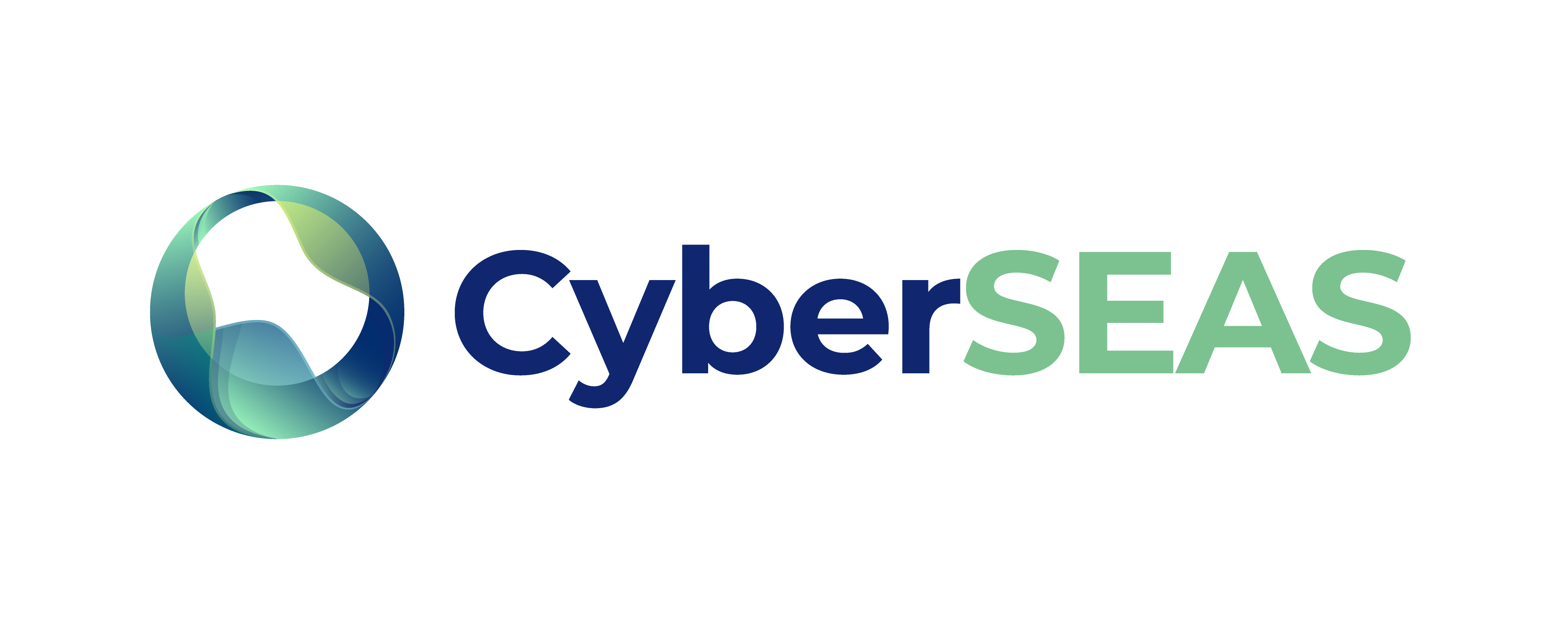Author: – Eva Čaleta – ICS –
The analysis of electric power systems’ (EPES) cybersecurity focuses on defining key steps for an effective system, emphasizing the organizational environment in critical infrastructure. EPES is becoming increasingly digitized and reliant on complex control systems. This connectivity introduces new vulnerabilities that malicious actors can exploit. Vulnerabilities can exist in various components, such as SCADA (Supervisory Control and Data Acquisition) systems, smart meters, and even the software used for control and monitoring. To enhance the resilience of EPES against cyber threats, various recommendations can be taken, including implementing robust cybersecurity practices, conducting regular risk assessments, continuous monitoring, regular software updates, employee training, and developing incident response plans.
From theses perspectives we can see that securing Electrical Power and Energy Systems against cyber threats is essential due to its central role in modern societies and its interconnectedness with critical infrastructure sectors. The potential for cascading effects underscores the importance of comprehensive cybersecurity measures to prevent disruptions that could have far-reaching consequences on economies, public safety, and essential services.
European legislation and regulations are explored, examining recommendations relating to cyber security. The analysis of the situation covers organizational aspects, operational procedures, technology, cooperation, coordination, education, training, and personnel aspects. Special emphasis is placed on technology, with an emphasis on understanding global supply chains and external partners.
Key Recommendations for Cybersecurity in the Energy Domain
Implementing Robust Risk Assessment: Conducting thorough risk assessments across all levels of the energy infrastructure is the foundation of a strong cybersecurity posture. This includes identifying critical assets, evaluating potential threats, and assessing the potential impact of successful cyber-attacks. Regular updates and continuous monitoring of risks are essential to staying ahead of evolving threats.
Establishing a Cybersecurity Culture: Training and awareness programs are vital in promoting a cybersecurity-conscious culture within energy organizations. Employees at all levels should be educated about cyber threats, best practices, and the importance of reporting suspicious activities promptly. A workforce that understands the risks is better equipped to defend against cyber-attacks effectively.
Strengthening Network Security: Implementing advanced network security measures, such as firewalls, intrusion detection systems (IDS), and encryption protocols, can significantly reduce the risk of unauthorized access and data breaches. Segmenting networks to limit lateral movement and adopting a “Zero Trust” approach can bolster the overall security posture.
Regular Software Updates and Patch Management: Energy companies must prioritize the timely application of software updates and security patches to mitigate known vulnerabilities. This practice helps protect against exploits that target outdated or unpatched software, which is a common tactic used by cybercriminals.


